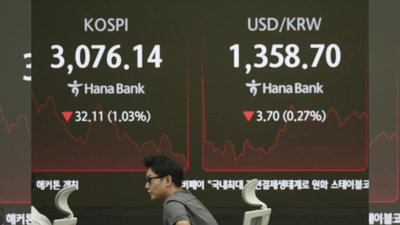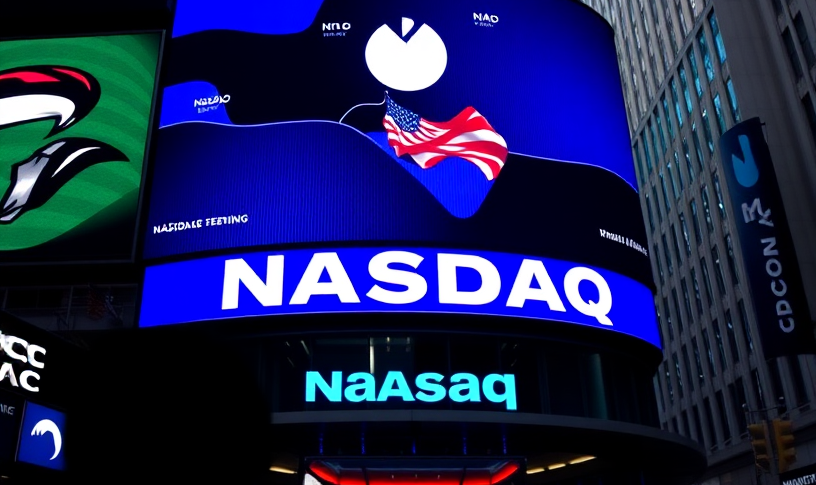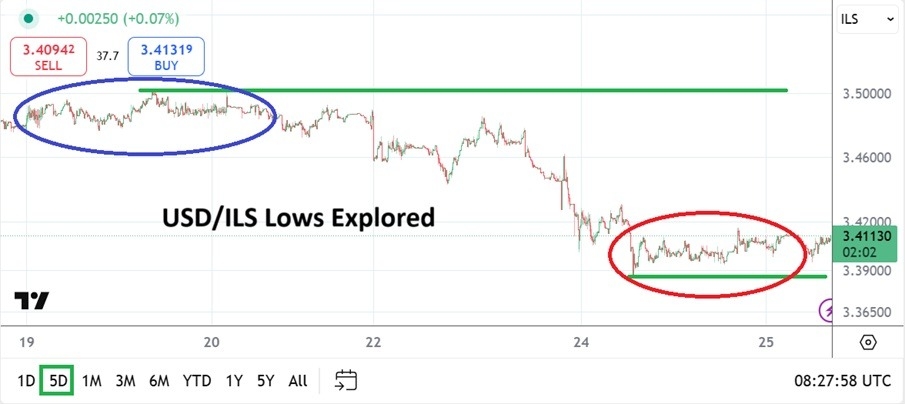Oil prices hit a five-month high over the weekend after the United States struck Iran’s nuclear facilities. Tehran retaliated with an attack on the US Al Udeid Air Base in Qatar, keeping global energy markets on edge.
But oil prices dropped sharply on Tuesday after it appeared that Iran was holding off further attacks for now, including avoiding closing the Strait of Hormuz, a critical chokepoint in global trade.
Brent Crude, the international benchmark for oil prices, has tumbled more than 5.6 percent so far in the trading day and is currently trading at around $66 a barrel.
Strait of Hormuz closure still a concern
One of Iran’s most significant potential retaliatory economic measures would be to shut down the Strait of Hormuz.
The narrow waterway is a key transit route for 20 percent of the world’s oil supply, as well as a broader trade corridor between Europe and Asia.
While Iran’s parliament has backed a proposal to close the strait, the final decision lies with the country’s Supreme National Security Council.
Iran has made similar threats in the past, including in 2018 during US President Donald Trump’s first term, after the US withdrew from the Iran nuclear deal brokered under former President Barack Obama.
A closure could involve laying sea mines across the strait – which at its narrowest point is just 33 kilometres (21 miles) wide – and even attack or capture vessels. As recently as March, the Revolutionary Guard seized ships it accused of smuggling diesel. Similar tactics were used during the Iran-Iraq War in the 1980s.
Shutting the Strait would send a jolt through global markets, though analysts believe there is enough spare capacity to blunt the immediate impact. Still, the risk of further volatility remains high, mirroring the energy market disruptions seen in 2022 following Russia’s invasion of Ukraine.
HSBC analysts say that crude oil prices could top $80 a barrel if the Strait is closed. Goldman Sachs forecasts that it could be $110.
But the strike on the US airbase in Qatar actually calmed global markets because it suggested that economic retaliation is not at the forefront of Tehran’s arsenal.
“If Iran were serious about retaliation, it would sink an oil tanker in the Straits of Hormuz. The fact that it isn’t doing that means it’s bending the knee,” Robin Brooks, senior fellow at the Brookings Institution, said in a post on the social media platform X.
Moment of flux
Outside of the conflict, the oil market was already in a moment of flux. In May, OPEC agreed to increase production by as much as 411,000 barrels per day for the month of July, part of a move to unwind voluntary output cuts after demand crashed during the COVID pandemic.
There are other ways to mitigate the impact of a supply shortage.
Spare production capacity from OPEC+, primarily in Saudi Arabia and the United Arab Emirates, could quickly add about 2.5 million barrels per day to the market, with as much as five million available over the longer term, according to analysis from Third Bridge Capital.
That could buy time if there is a hit on global oil supplies before it ultimately impacts consumers at the gas pump.
Iran produces 4 percent of the global oil supply, most of which goes to China due to existing global sanctions on Iranian oil.
“It’s hard to see in the current environment how Iran would push more barrels into the market since a lot of their supply ends up going to China,” Peter McNally, global head of Sector Analysts and global sector lead at Third Bridge Capital, told Al Jazeera.
China purchases nearly 90 percent of Iran’s oil exports, totalling about 1.6 million barrels per day. China is already grappling with US tariffs and any increase in energy prices will hurt its economy, says Abigail Hall Blanco, professor of economics at the University of Tampa.
“Oil markets are incredibly interconnected. And so if the price of oil globally shoots up as a result of a closure or a restriction of oil tankers passing through the strait, then certainly you would see those impacts on the US and other markets as well,” Hall Blanco told Al Jazeera.
Earlier this morning, Trump said that China can continue to buy Iranian oil.
Meanwhile, regional producers are bracing for a fallout. Iraq’s state-run Basra Oil Company has begun evacuating foreign staff, fearing Iranian retaliation against US forces stationed in the area.
Western firms are also taking precautions. BP, which partners with Iraq’s Basra operation in the massive Rumaila oil field – averaging 3.32 million barrels per day – has reduced its on-site personnel. However, the company says output will not be affected. As of 3pm in New York (19:00 GMT), BP’s stock is down by 1.4 percent.
Outside OPEC+, producers like Brazil, Canada, Guyana and the US could increase output to help fill any supply gap. But with the exception of the US and Canada, the other countries take longer to make those moves, experts said.
“The difference with everyone except the US is just its bit longer lead time. There’s less of an instantaneous response to higher prices. The growth is going to continue. If there is an outage, by way of Iran and the Strait of Hormuz, the quickest [way] to add production is either in Saudi Arabia, the UAE or the US,” McNally said. “But like longer term, the non-OPEC supply will continue to meet most of the demand growth going forward.”
Over the past decade, non-OPEC countries have significantly ramped up production, a trend that’s expected to continue. The Energy Information Administration (EIA) projected in December (PDF) that 90 percent of oil production growth this year will come from non-OPEC sources.
The US also has a strategic petroleum reserve at its disposal that currently holds 402.5 million barrels. The reserve is intended to be tapped into in moments of a dip in production due to global emergencies.
While the US does produce more oil than any other country in the world, at current levels, it will cost $20bn and several years to refill the strategic reserve.
A political risk for Trump
On Monday, Trump on Truth Social said in all-caps, “EVERYONE, KEEP OIL PRICES DOWN, I’M WATCHING.”
Trump campaigned on cutting prices for everyday goods. But his volatile trade policies and tariffs have pushed prices upward. In the most recent consumer price index report, a key metric the central bank uses to measure the rate of inflation, food prices are up 2.9 percent compared to this time last year.
But oil has remained a key strength for the Trump administration, with prices dropping, including a 12 percent decline in gas prices from this time last year.
But that could change very quickly as prices fluctuate.
“It’s just that it’s a fluid situation,” McNally said.






